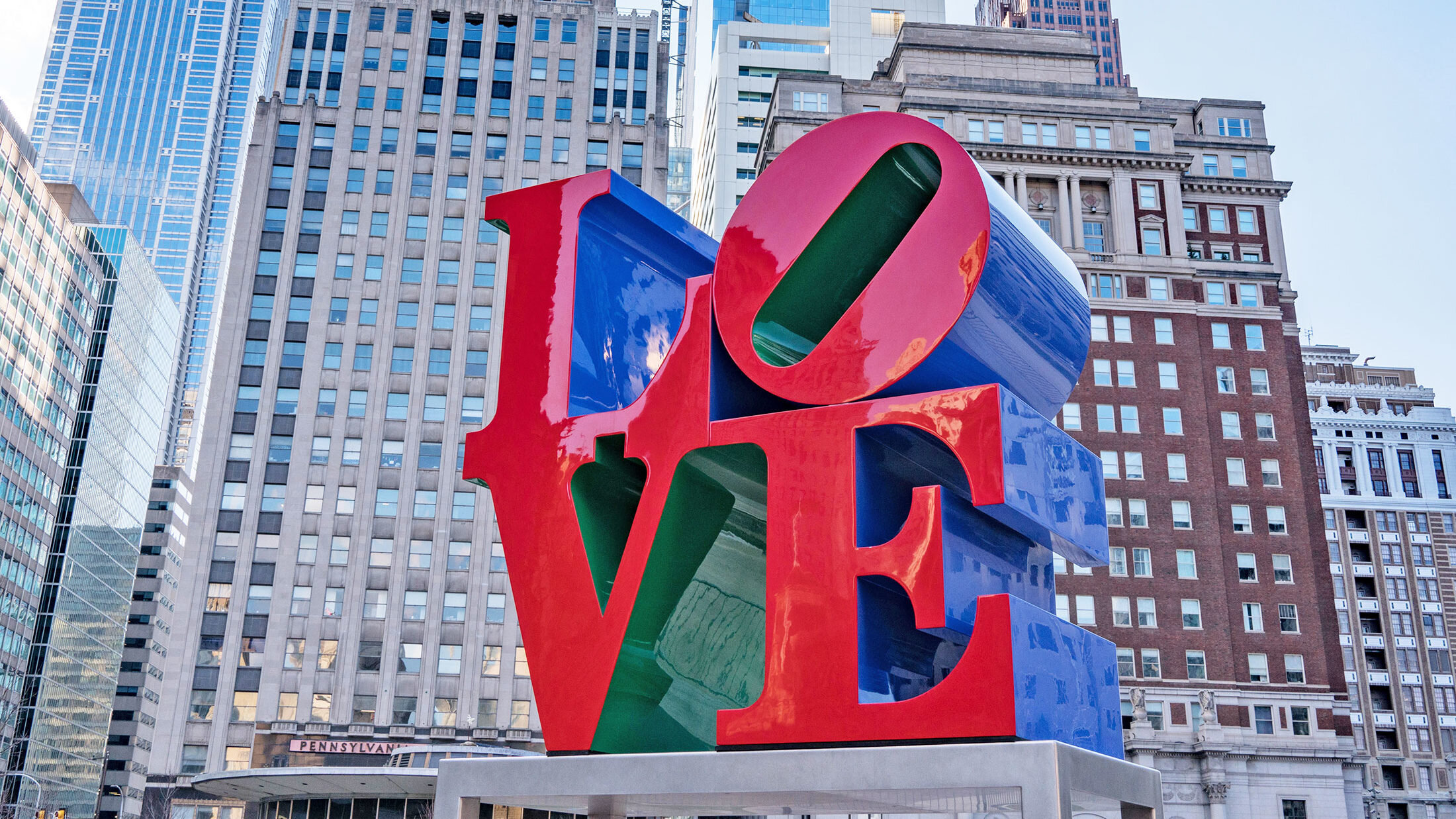Interdisciplinary Insights – New Approaches and Creative Partnerships
This week’s lecture included a conversation with Louize Harries, an interdisciplinary designer with a background in fashion and textiles.
LOUIZE HARRIES
Hefin Jones began his service design career in university. He enjoyed the collaborative nature and immersion possibilities when working with people in their communities. He used his project Cosmic Colliery to engage a community in Wales around the fictional notion of reimagining a closed-down coal mine into an astronaut training facility. His work immersed him into this community, spending long periods of time in conversations with young people, former coal miners, families, youth center directors and operators, local governments.
By using fiction, Jones hope was to allow for deeper, more meaningful conversations around how the community could think differently about its culture, history, networks, relationships, and practices. What made this project most successful was Jones’ willingness to allow for space for long and meandering conversations to take place. To provide room for people to imagine and engage in dialogue. He expressed the necessity to listen, and not bring your own biases about the project into the foreground.
A take away for Jones was the projects opportunity to engage the marginal voices, in this case, the youth of the community — unable to vote — and finding ways to create agency and advocacy on their behalf.
His advice for service designers starting out is to prioritize listening, leaving bias out as much as possible, having a responsibility to the subjects and subject community and to be willing to allow for variances and evolution to take place within and beyond the project.
REFERENCE:
TYPE Talk, Andy Altmann (2012) Dinner for One? (Links to an external site.), [online]. [Accessed 11 April 2019].
LYNfabrikken Aarhus Denmark, (2012) Lecture with Troika (Links to an external site.), [online]. [Accessed 11 April 2019].
Open Cell https://opencell.webflow.io/ (Links to an external site.) 4. OffShore Studio Migrant Journal http://www.offshorestudio.ch/ (Links to an external site.) 5. TED, Anab Jain(2017) Why we need to imagine different futures (Links to an external site.),[online video]. [Accessed 11 June 2019]
Falmouth University (2020). Interdisciplinary Insights – New Approaches and Creative Partnerships | Lecture. Studio and Entrepreneurship GDE730 20/21 Part-Time Study Block S2 (Falmouth, UK: Falmouth University)


